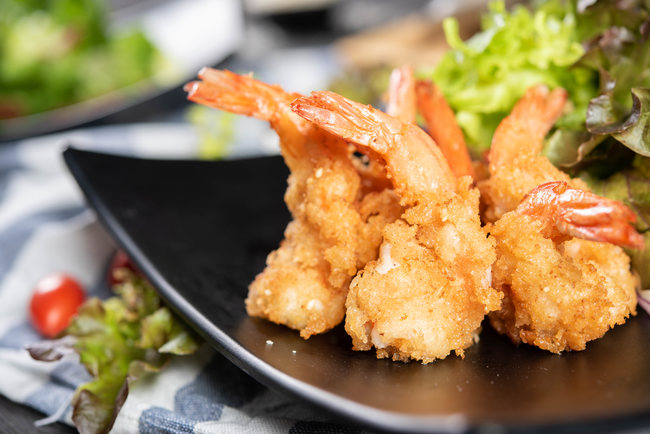5 Ways to Cut Food Costs without Lowering Quality!
One important factor that directly impacts SME restaurant businesses is food costs, because food costs have the highest proportion out of all the costs associated with operating a restaurant business. So, if you can manage these costs, your restaurant will more likely survive and profit. Nearly every owner wants to cut costs without impacting food quality. But this is easier said than done because, whenever ingredient costs are lowered, quality is often affected. So, what are some things you can do to cut food costs without affecting quality? We offer five suggestions for you below.
Before we dive in, though, change your way of thinking from cost-cutting to managing or handling costs, so they remain within profitable levels, because limiting your ideas to cost-cutting usually means you’ll be looking for cheaper alternative ingredients that naturally affect quality. In contrast, cost management means dealing with costs in a useful manner to maximize your profits. That said, the five cost management techniques that we have to offer are as follows:

- Control Waste from Dressing and Cutting Ingredients
It’s one of the first things you should do, and it’s very important. Lots of restaurants regrettably throw their profits into the trash can as a result of how they cut their ingredients. Any restaurant that still doesn’t have a good management system might incur high costs due to ineffective cutting of ingredients. For example, when you buy morning glories and cut away the roots, you can usually use up to 90%. However, inefficient employees might cut the ingredients in a way that leaves only 70%. That’s a 20% loss, and that’s how your costs can get high. It also means you’re losing your profit.

- Procure Ingredients from New Suppliers
Although it might seem convenient to have a single regular supplier for your ingredients, you might lose the ability to compare or negotiate prices. Having more than one source or supplier for your ingredients will allow you to have options and not be dependent on anyone. You might be able to procure better or more affordable ingredients, or you might be able to compare prices and negotiate prices with your existing suppliers.
- If Possible, Pay Cash
One technique that will help you get low-cost, but high quality ingredients as well as give you price negotiation powers is paying in cash. Not a lot of owners do it, but remember that everybody loves cash payments, and lots of special options are offered specifically for cash payments, while paying in cash gives you greater bargaining power.

- Close the Loop Holes for Corruption
Have you ever thought about it? When you buy 1,000 shrimps and your restaurant serves five shrimps per serving, you need to be able to sell 200 plates, right? But are you really selling 200 plates? Have you ever checked it? When restaurant owners neglect the little things related to ingredients, they might be creating openings for corruption. So, what you need to regularly do is consistently checking your inventory and counting it in comparison to your daily sales.
This is a basic but important technique to which every restaurant should give particular importance, because one of the reasons for high ingredient costs is that the ingredients are not being prepared and served to customers.

- Create New Menu Items from Dressed or Seasonal Ingredients
If you scrape salmon scraps you find stuck to bones and have the chef turn them into a menu item like salmon balls, you’ll be increasing your restaurant’s profits in addition to increasing the value of these scrap ingredients. Similarly, transforming seasonal ingredients into special menu items will lower ingredient costs and increase profit opportunities. Fully utilizing your chef’s skills is an effective way of managing your restaurant’s costs.
These five suggestions are easy to follow, but they can create a huge difference in food costs for restaurant owners. Just try them all out if you don’t believe us!



